Eriogonum tomentosum
(Dogtongue Wild Buckwheat)
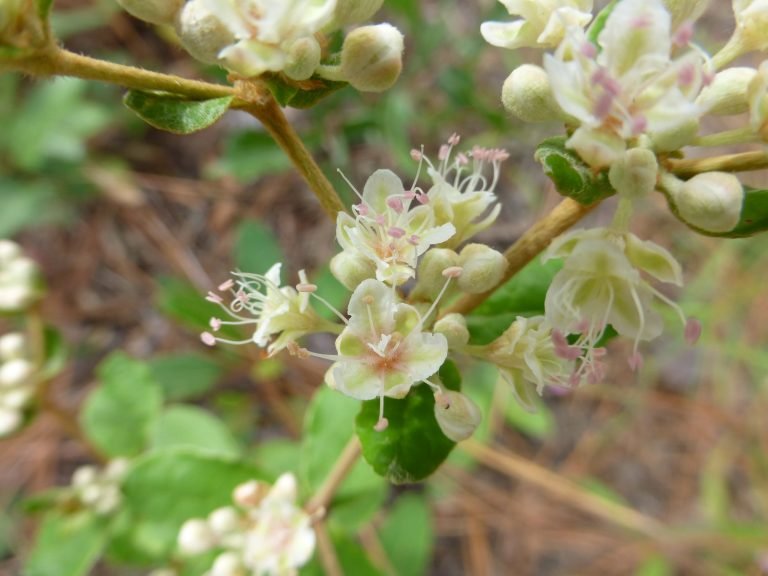
Common Names, Latin Name, and Family
Some of its common names are dog-tongue buckwheat, dogtongue wild buckwheat, and sandhill wild-buckwheat.
Its Latin name is Eriogonum tomentosum.
It is found in the Polygonaceae, buckwheat, family.
Form
A perennial wildflower that grows to a height of about 3 feet.
Leaves
The leaves on the stems are sessile, oval in shape, and in whorls of 3 – 4.
The basal leaves are spatulate with reddish colored midribs with white or tan hairs.
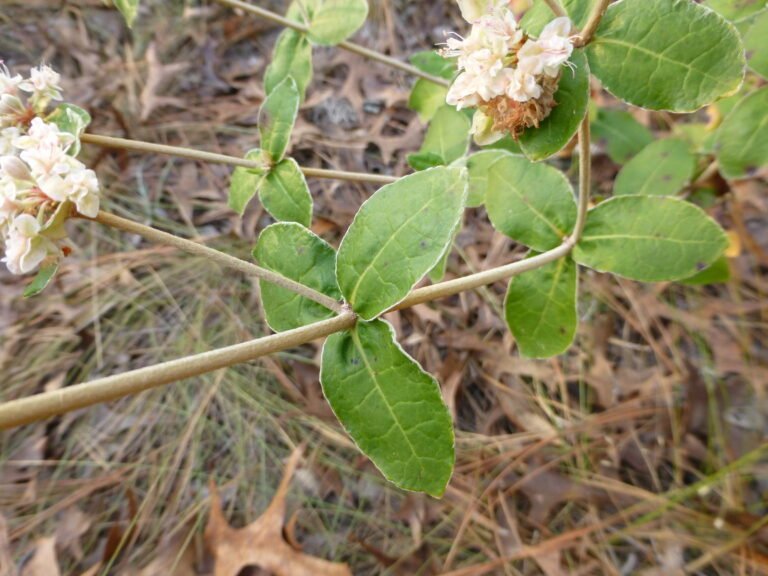
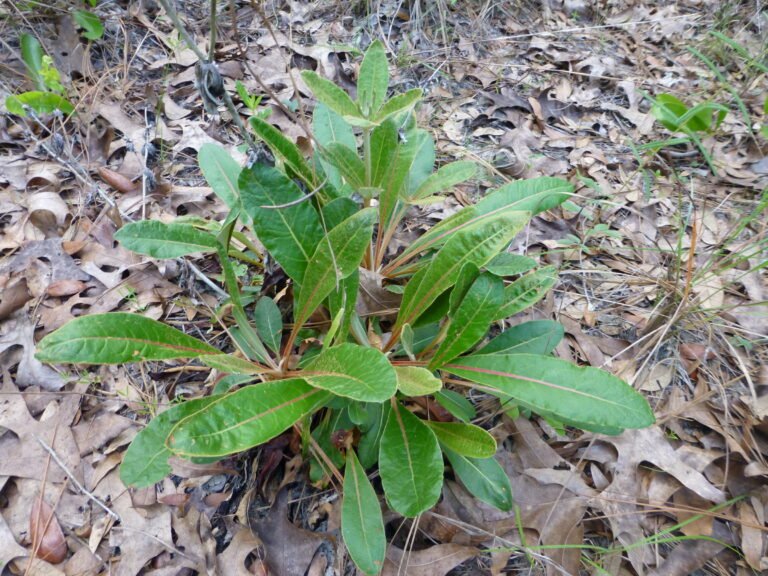
Flowers
Pale pink to white flowers appear in the spring, summer and fall.
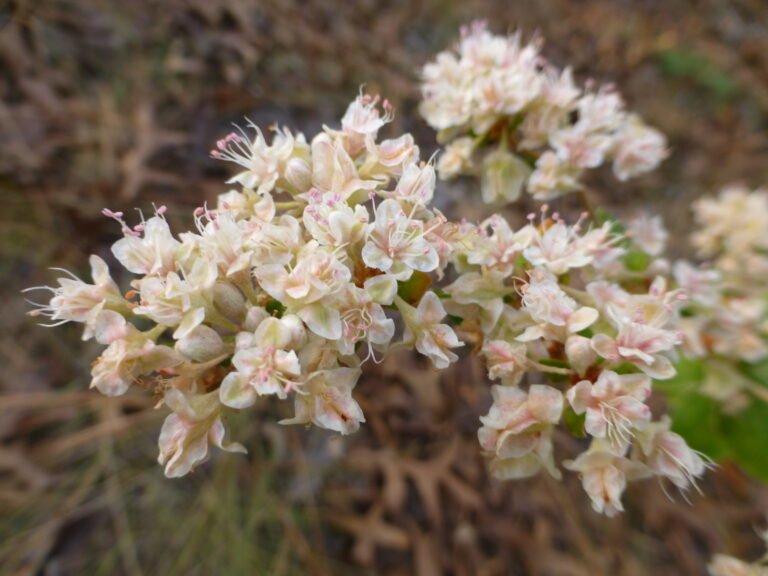
Fruit / Seeds
Once the flowers are pollinated the sepals become brown and papery and the seed grows inside its protective covering.
The individual seeds are brown and tapered at both ends.
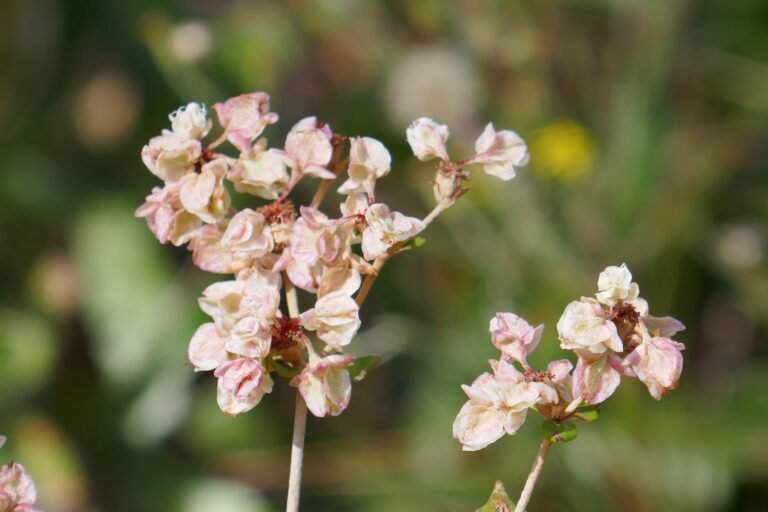
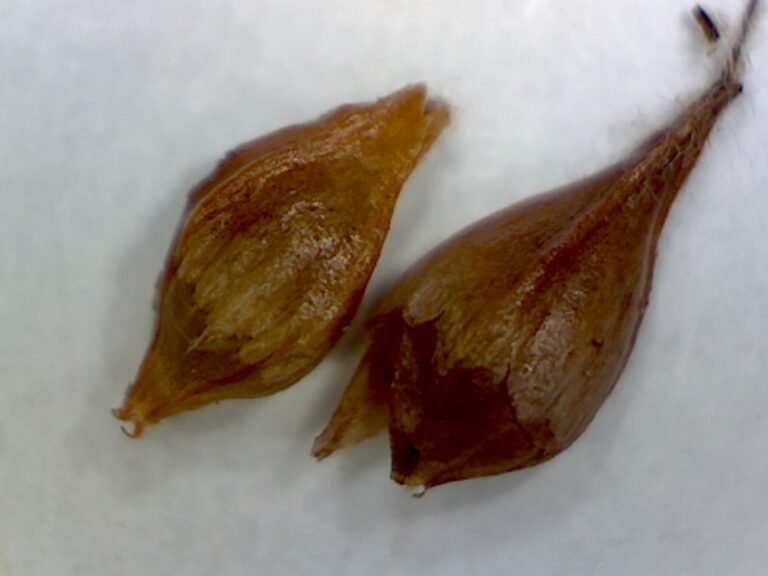
Habitat
Dry pinelands and sandhills.
Native Range
In Florida it is found naturally occurring from the panhandle south to Highlands County.
Wild buckwheat is native to Alabama, Florida, Georgia, North Carolina and South Carolina.
It grows in zones 7a to 10b.
Landscape Use
In the home landscape it grows in part shade, or high shifting sun, with average to dry soils.
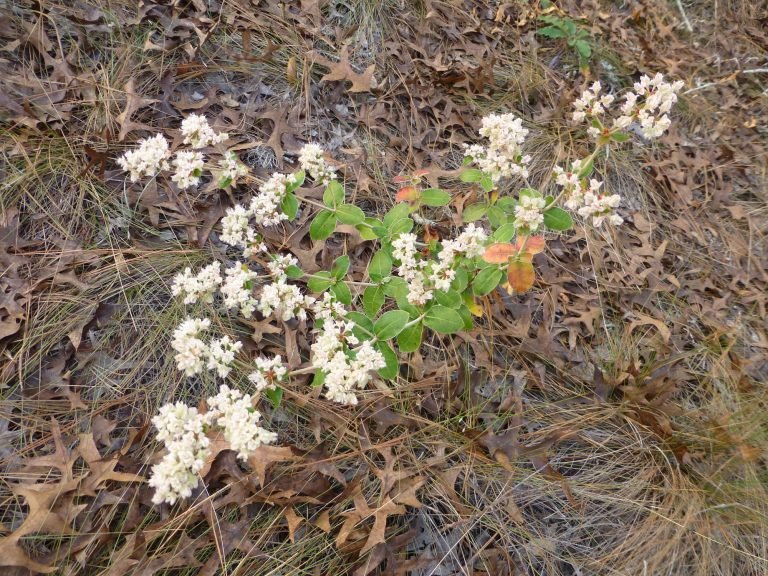
Wildlife Use
Bees and butterflies use the flowers as a nectar source.
Songbirds eat the seeds.
Propagation
It can be grown from seed or transplanting.
When transplanting be sure to remove flowers or seeds to help the plant recover from the shock. Water until you see new growth.
